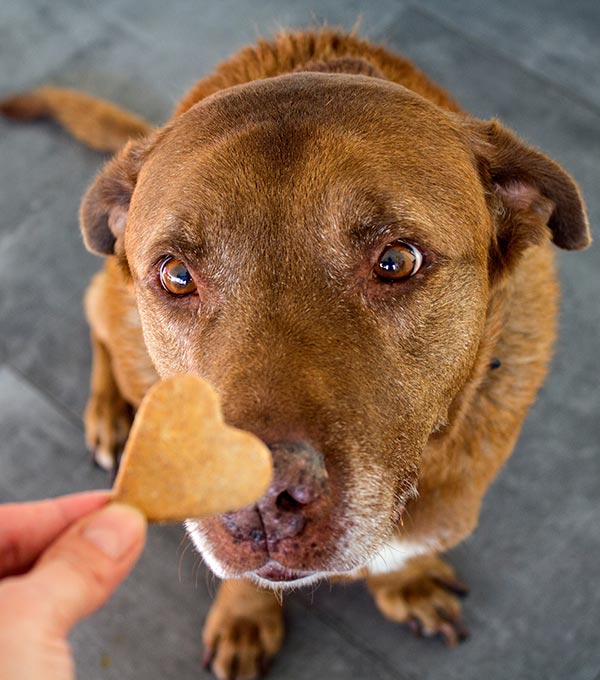Academy of Dog Resource Library
Teaching Dogs to Come When Called
What does the behavior look like?
Every dog owner’s dream is that her dog comes when called in a variety of environments and conditions. The reliable off-leash recall (also known as the “Come”) is an elusive and challenging behavior to master, requiring a tremendous amount of patience, consistency and good timing. A dog who comes when he is called reflects a solid relationship with his owner, one that is based on trust, positive reinforcement and consistent training.
Why should we learn it?
The recall cue is an important behavior if you want to walk your dog off leash, both for your dog’s safety and as a common courtesy. There are real advantages to walking dogs off leash: increased exercise and mental stimulation and, of course, fun for both dog and owner. From a behavior standpoint, off-leash walking is also a good idea, since leashes often exacerbate poor behavior.
How do you use it?
We recommend that you do any outdoor off-leash training on a long line. A long line is a 20 to 40 foot light leash (attached to the flat collar) that the dog gets used to dragging along on walks, hikes and beach runs. This is NOT a retractable leash. The long line is there to prevent the dog from getting reinforcement from anything except you.
Why do all this with a long-line rather than a regular leash? Regular leashes are too short. Taut leashes can cause frustration, and frustration can cause what we call leash aggression – that is, the dog acts aggressive only when he’s on a leash, never at other times. If we’re interested in getting a recall from a long distance away; you must make him think he CAN go far away!

Two Rules When Teaching Reliable Recall
Rule One: Reward the dog when he comes to you – no matter what!
The reward needs to be something that your dog finds rewarding. This might be a truly excellent treat, a great game of fetch or tug, sincere praise and admiration or whatever is unique to your dog’s desires at that moment. Tug is a particularly successful recall reward because the dog grabs the tug and is then physically connected to you via the toy.
Rule Two: Set yourself and your dog up for success.
This basically means do NOT call your dog if there’s nothing you can do about it when he doesn’t come. Every time you call him while he’s playing with another dog and he doesn’t respond, he’s learning that he doesn’t have to – and there’s nothing YOU can do about it!
Steps for Successful Recall Training
Pre-Requisites:
Do you have a good relationship with your dog? Can you provide evidence your dog LIKES to be near you and find being by your side a reinforcing place? All solid recalls begin with a strong connection and relationship between you and your dog. Squirrels happen, but after the squirrel, is your side still a great place to be?
Attention:
First, ensure that your dog will give you his attention when you call his name. Location: Begin your recall work in a non-distracting environment, when you’re sure the dog WILL come to you. An excellent beginning would be every evening at dinnertime. Your training program should progress to more distracting environments slowly and systematically.
Teaching a Reliable Recall:
- Call your dog’s name, mark his attention and as he moves towards you to collect his reward, move away from your dog (this should make him come to you more quickly). Remember, you want to practice the behavior the way you would like to see it performed in real life.
- As he approaches, label the behavior with your recall cue.
- When he catches up with you, he has earned the reward. It is imperative that your reward is more motivating. Make it FUN and rather extensive!
- Release your dog back to whatever he was doing before (assuming it is appropriate).
- Once your dog is readily responding to this sequence, change the timing on the cue so that you are saying it before the dog starts to come.
- Over time, move to more and more challenging environments.